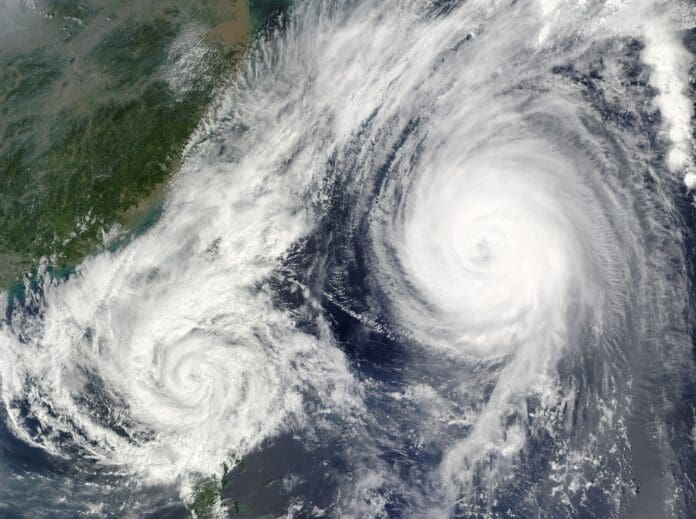This post is also available in:
 עברית (Hebrew)
עברית (Hebrew)
Researchers have developed a groundbreaking method to forecast hurricane activity weeks in advance by analyzing Kelvin waves, a type of large-scale atmospheric wave. This breakthrough, led by the US National Science Foundation National Center for Atmospheric Research (NSF NCAR), reveals that periods of increased hurricane activity can be predicted more accurately.
The study highlights that hurricanes are more likely to form two days after a Kelvin wave passes compared to the days before its arrival. This discovery could significantly enhance the ability of forecasters and emergency managers to predict and prepare for clusters of hurricanes. By identifying a Kelvin wave over the Pacific Ocean, forecasters can anticipate a surge in hurricane activity over the Atlantic a few days later, potentially improving public safety and emergency response.
The research employed advanced computer modeling to isolate the effects of Kelvin waves, which are atmospheric waves extending over 1610 kilometers and influencing global weather patterns. Lead author Rosimar Rios-Berrios of NSF NCAR explained that the ability to detect Kelvin waves could allow for better preparation and timely alerts for upcoming hurricane periods.
This study, published in the Monthly Weather Review, builds on previous observations that hurricanes tend to form in clusters over decades, followed by quieter periods. While earlier research suggested a link between Kelvin waves and hurricane activity, isolating this connection had been challenging. To address this, the team used a novel combination of computer models, including the Aquaplanet simulation on NSF NCAR’s Model for Prediction Across Scales (MPAS). Aquaplanet simulates an Earth-like world without land or seasons, creating a controlled environment to study Kelvin waves’ effects on hurricanes.
The researchers utilized the Cheyenne supercomputer at the NCAR-Wyoming Supercomputing Center for their simulations. They found that hurricane formation peaked significantly two days after Kelvin wave crests, supporting the hypothesis that Kelvin waves influence hurricane development.
Rios-Berrios noted the importance of this research in filling gaps in the understanding of hurricane formation, and explained that this project, which began in 2017, underscores the value of such studies in advancing our knowledge of these powerful storms.


























